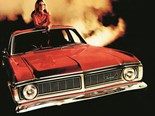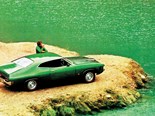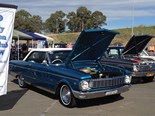Ford Falcon History - XK-XL-XM-XP series, 1960-66
.jpg) Ford Falcon XK-XP series
Ford Falcon XK-XP series
.jpg)
.jpg) Ford Falcon XK-XP series
Ford Falcon XK-XP series
.jpg)
 Ford Falcon XK-XP series
Ford Falcon XK-XP series
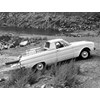
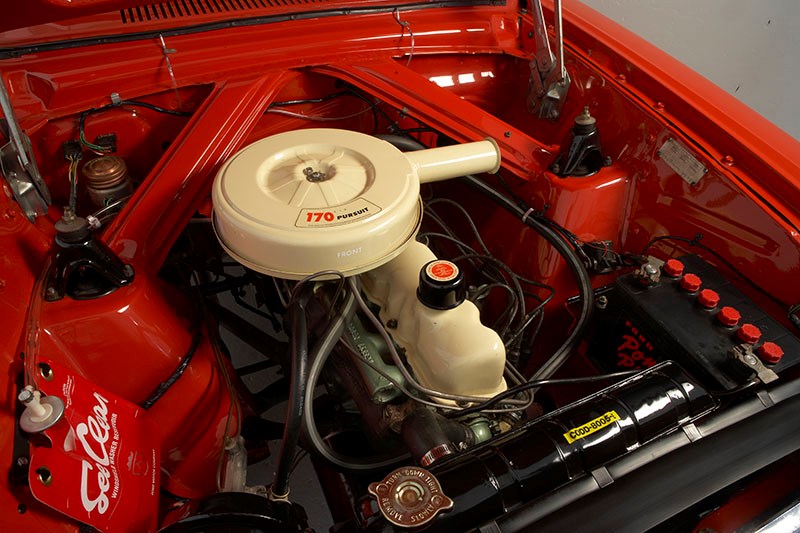 Ford Falcon XK-XP series
Ford Falcon XK-XP series

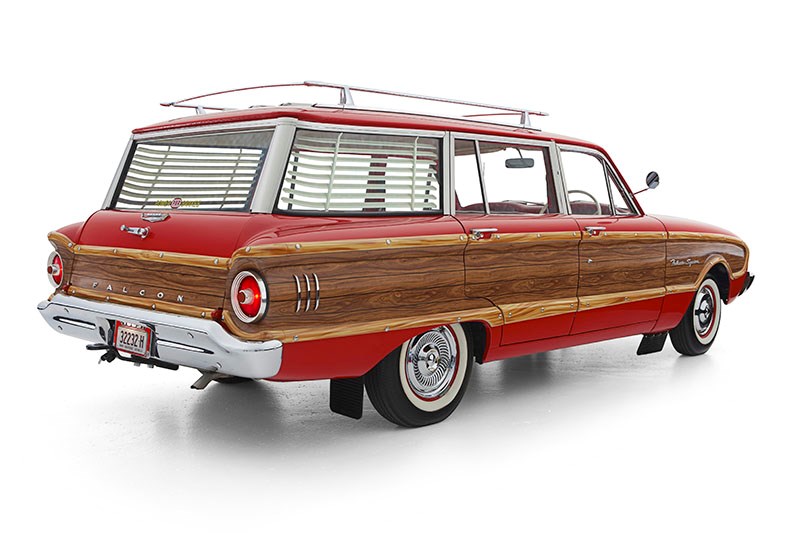 Ford Falcon XK-XP series
Ford Falcon XK-XP series

.jpg)
|
|
Ford Falcon XK-XP series
|
.jpg)
|
|
Ford Falcon XK-XP series
|

|
|
Ford Falcon XK-XP series
|

|
|
Ford Falcon XK-XP series
|

|
|
Ford Falcon XK-XP series
|
Historian, motoring author and avowed car tragic Dr John Wright unwraps the history of the Falcon, while workshop guru and ace road-tester Dave Morley give us a drive impression. Here's part 1, covering the first generation from XK through to XP.
In its brochure for the XK Falcon we find this claim: ‘The Falcon is Australian with a world of difference. It is built entirely in Australia, for Australian conditions.’ In fact only the first sentence is true because the XK Falcon was the first Australian car that was designed without any consideration whatsoever of Australia’s demanding conditions.
The first locally manufactured (as opposed to assembled) Ford was to have been a revised version of the Mark 2 Zephyr, given extra chrome in the Zodiac mode and dubbed Mark 2a. When Ford Oz boss Charlie Smith and his small team of visiting executives were given a peek at the XK in late 1958 in the US, Smith famously cabled back to Australia : ‘Cancel Zephyr’.
Because the Falcon was lighter, it would be cheaper to build and its project name XK Thunderbird’ in itself implied more excitement and a sleeker streamline than the Mark 2 Zephyr which would have been four years old when the first Falcon made its local debut in September 1960.
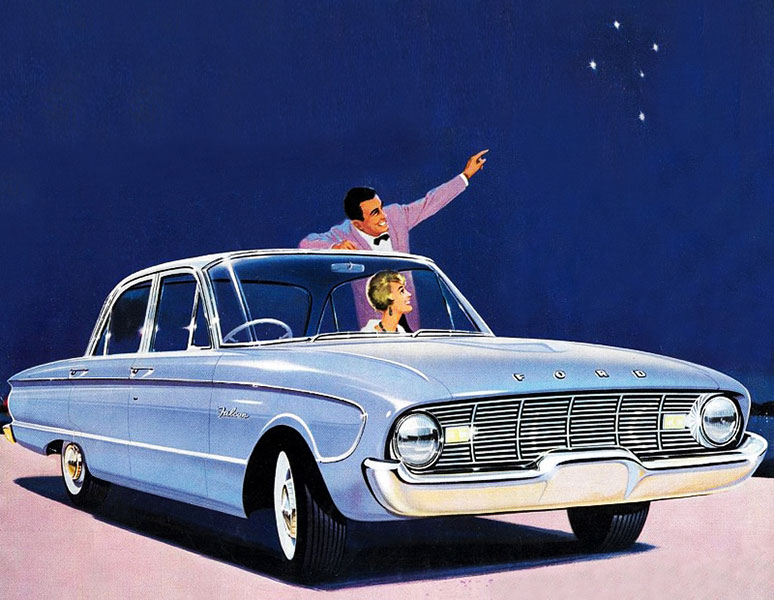
The car’s lightness extended to ball joints that failed without leaving suburbia, a problem unknown on the smooth boulevards of North America. Within a year of the glitzy launch, this new Ford was on the nose. Running changes were made, the key upgrade being the use of compact Fairlane ball joints.
At least the size was right. The XK Thunderbird project planned to package the 1949 Ford interior in a more modern exterior. And parked beside the FB Holden it sat so much lower that it looked about a decade more modern.
Arguably, Ford Oz initiated the local horsepower race when the Pursuit 170 cubic-inch engine was added to the options list. With 101 horsepower – up 11 – it offered notably more grunt than the 75 horsepower Holden. The Pursuit was a response from the Victorian police who used Falcons as well as their V8 Studebaker Larks. For police work, the Pursuit was given a higher tune for 116 bhp.
In the same week that GM-H launched its EJ range, Ford Australia gave us the ‘Trim, taut, terrific!’ XL. This was two months before North American customers could get one in their driveways. Highlights of this facelift were the new ‘Thunderbird’ roofline with thicker C-pillars and a more luxurious Futura variant to rival the new Holden Premier. In typical Ford style the Futura was flashier. Both cars had front bucket seats to use the idiom of the day but the Futura’s trim was bright red vinyl while the Premier’s was Howe leather in muted tones. The ‘woody’ Squire wagon brought even more America dowunder. In the US this odd vehicle would barely have raised a glance but stuck out here like a roughly bandaged sore thumb.
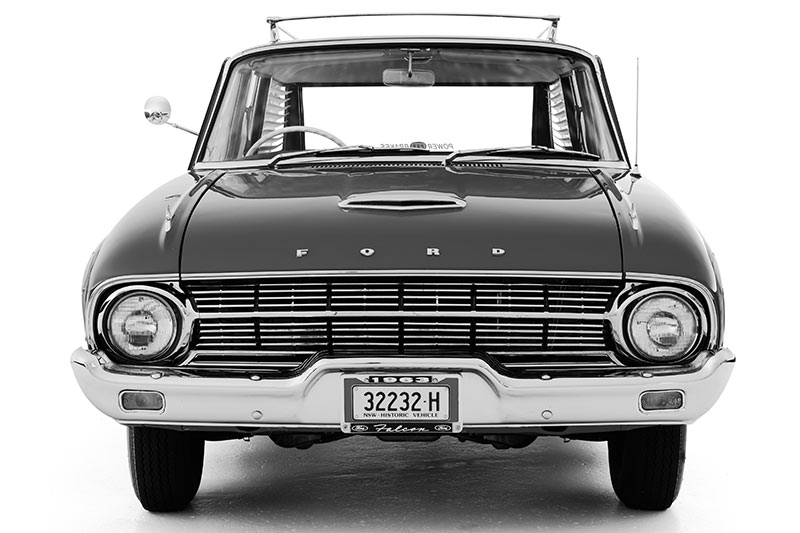
The XL Falcon had a striking new convex grille to contrast with the XK’s concave one.
XL arrived less than two years after XK and in February 1964 came the XM with ‘Certified Golden Quality’ (but even that wasn’t enough to convince my father to buy one). With XM Ford Australia took a different road from its head office where swankier styling ruled. We were implicitly invited to turn the adage around: all that’s gold doesn’t glitter.
The XM’s heavily plated new grille underwent a multi-stage process involving copper, semi-bright nickel, bright nickel and chrome. Front and rear suspension upgrades, brakes, clutch, rear axle, engine mounts and exhaust were all updated as the belated Australianisation of the Falcon gathered pace. Rustproofing was improved and superior to that of the EH Holden. Servicing intervals were extended to an amazing 6000 miles, the engines got a full flow oil filter and the paint was improved.
The Super Pursuit 200 cubic-inch engine gave Falcon buyers a third choice compared with two on the EH Holden but was offered only with automatic tranny. It made 121 horsepower while the Pursuit’s output had been tickled up to 116, one more than the 179’s.
Too late, she cried. Former sales and marketing boss Max Gransden said of this time: ‘The fleets told us we’d blown it. They had tried us. We had given them rubbish, and they were going back to Holden.’
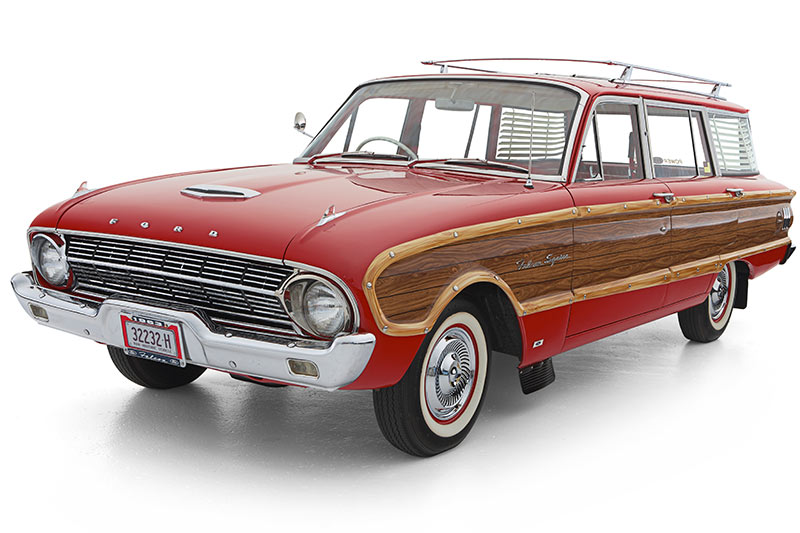
Even the introduction of the glamorous, unique new Hardtop variant couldn’t woo buyers in sufficient hordes. Enter that marketing mastermind, Bill Bourke. The American had established a reputation as a man who could come up with brilliant schemes. He arrived in Australia in February 1965 and came up with the 70,000-mile Durability Run on the new You Yangs Proving Ground as the perfect way to launch the XP Falcon.
His audacious plan for nine days over April-May 1965 would fall at the first Workplace Health and Safety form today: take five standard Falcons of various configurations, install race drivers, then pound them flat out night and day around the new track until they had accumulated 70,000 miles at an average of 70 miles per hour. Bourke’s job was on the line. Four of the five cars rolled, but nevertheless they averaged 71.3 with the quickest a 170 manual which achieved better than 73. ‘We were able to go along to the fleets,’ said Gransden. There has never been a greater marketing exercise in Australian automotive history and the risk of failure had been huge.
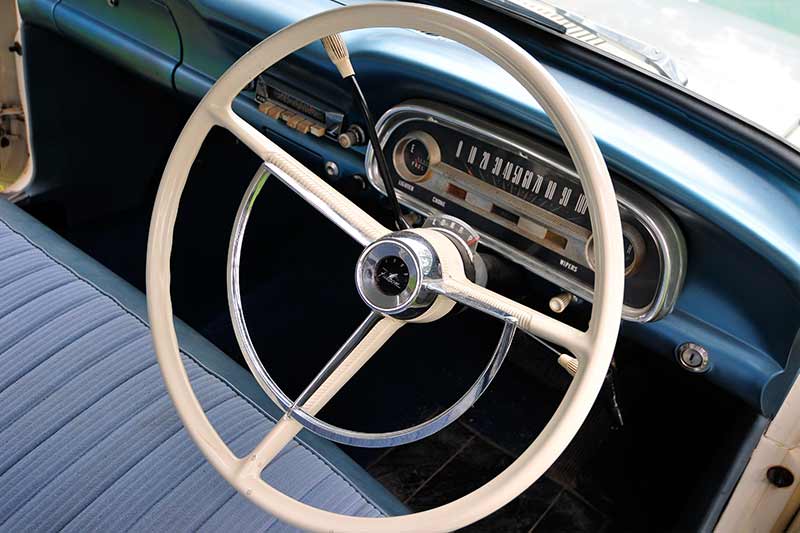
So it was that Bill Bourke set the example. Initially, he was Wallace Booth’s assistant and responsible for marketing. In 1968 he became managing director and boosted the momentum of Ford Australia’s marketing with his inimitable, extrovert style, leading the company into its ‘Going Ford is the Going Thing’ years. The XP became the first Australian- manufactured car to win the Wheels Car of the Year award ‘mainly on the grounds of seriously applied development engineering to improve a basically poor (in 1960) product’. By this time the local Falcon was a completely different and superior product to its US counterpart. But shortly after the XP Durability Run a US Ford engineer remarked that ‘the XP, I guess, existed as an objective in 1959.’
Six months on came the luxury Fairmont sedan and wagon to replace the Futura and unloved Squire. Significantly, this was the first homegrown car with (power-assisted) front disc brakes.
John Wright
DRIVING THEM
THE REAL measure of the first-gen Falcons was when you lined them up against the opposition. By which we mean the Holdens of the day. By the time the XP Falcon rolled around in 1965, Holden had the HD taking the baton from the ultra-successful EH, but prior to those models, Holdens were battling along with the old grey motor that was seriously outclassed by the Falcon’s inline six.
Drive those same Falcons today and you could be forgiven for thinking they’re a bit crude. Which, of course, they are by 2016 standards. But again, if you drove their Holden opposite numbers right now, you’d probably be horrified.
The over-riding impression given by these early-girl Falcons is – and it was mentioned in road-tests back in the day – of the world’ slowest steering ratio. Okay, so it removed the requirement for power-steering to be developed, but even so, these things steer like hippos. They feel a bit wandery, today, too, but again, that’s just how things were back then.
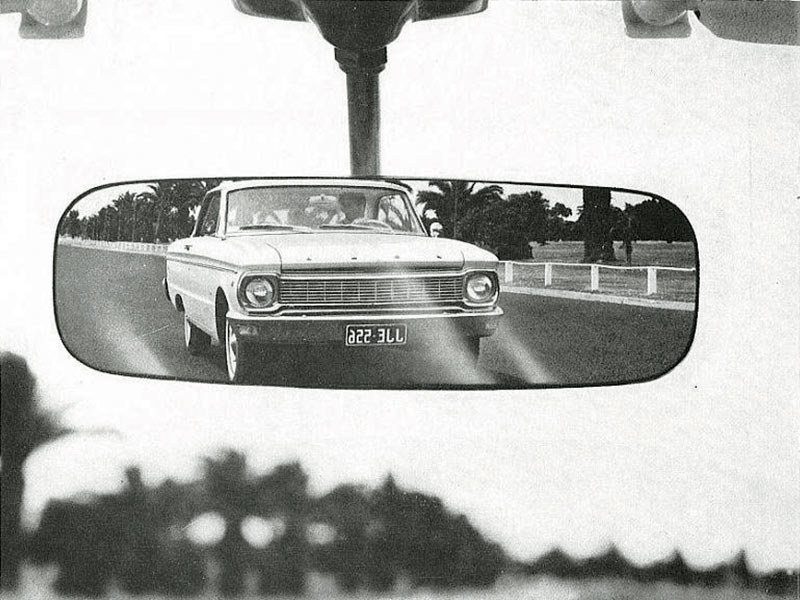
There are plenty of other 1960s traits to be grappled with too, including a fairly wheezy power delivery from those same headline engines. The big-block 200-cubic-inch Super Pursuit has a decent wallop of torque, but it really doesn’t want to rev. The clumsy, hesitant auto boxes Ford was using back then didn’t help, either.
Brakes? Shiver. Four-wheel drums were never, ever going to feel anything but underdone and there was never any real chance of these early Falcons pulling up straight outside of the factory warranty period. On the plus side, the interiors were great; kind of Art Deco, kind of olde worlde mechanical-funky. And vision to the side and rear was phenomenally good, even in the two-door XM and XP Hardtops.
Dave Morley
Unique Cars magazine Value Guides
Sell your car for free right here
Get your monthly fix of news, reviews and stories on the greatest cars and minds in the automotive world.
Subscribe

.jpg)










